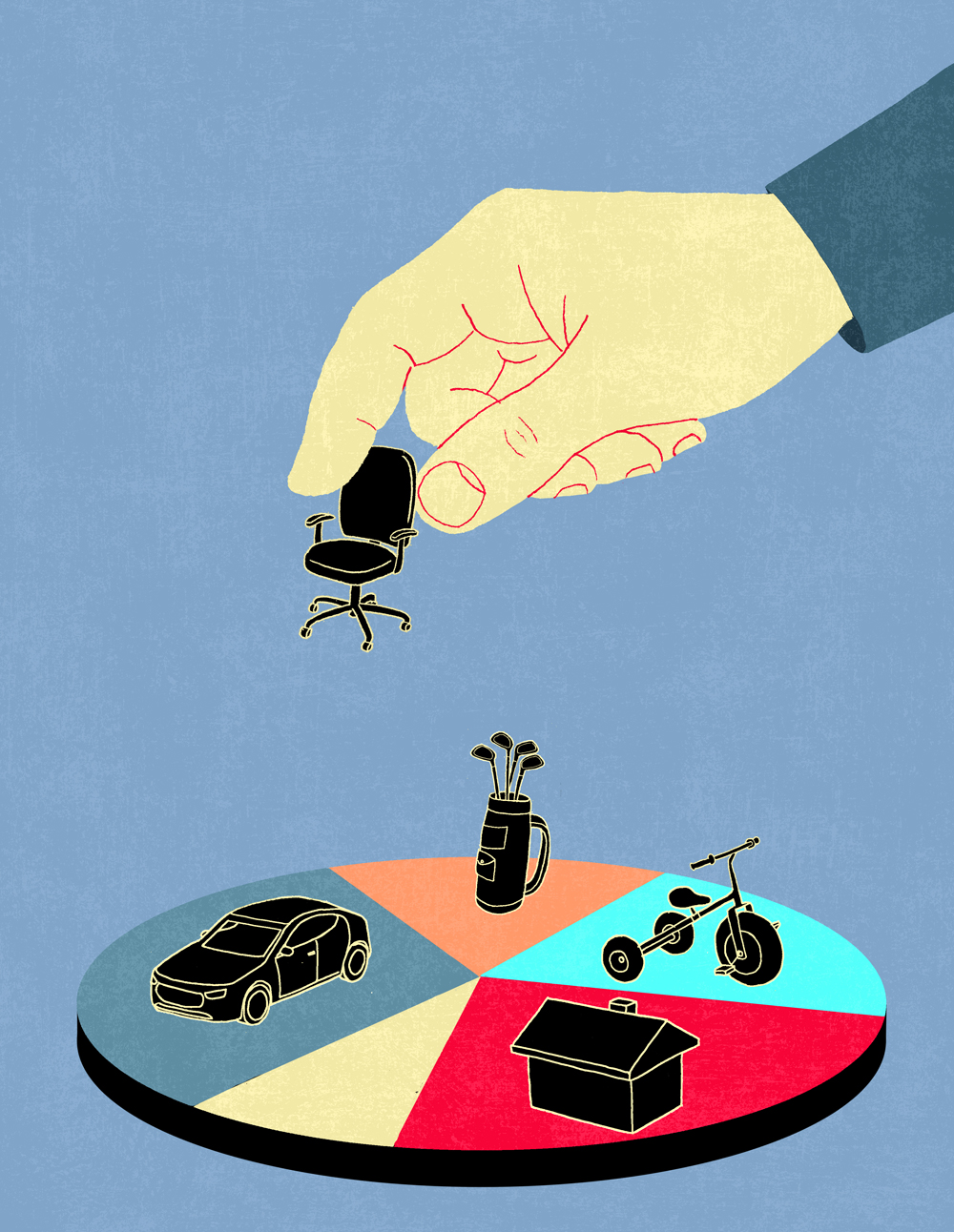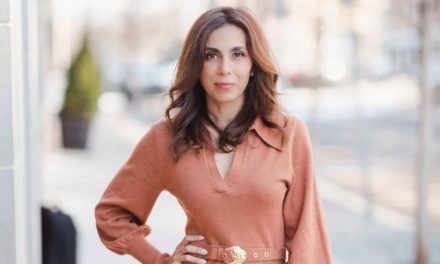When roles in life seem integrated, budgeting may be more flexible.
People juggle multiple roles in their lives. They may see themselves as both an executive and a mother, for example, or a musician and a student. Now, a team of researchers reports that the perception of how integrated these life roles are may influence how people move money across different budget categories.
In a series of studies recently published in the Journal of Marketing Research, the researchers found that people who perceive their life roles as integrated may be more willing to take money originally budgeted for a certain life role and spend it on an item associated with another role.
This ability of life roles — and life role integration — to shape spending offers new insights into how people approach their spending and budgeting behaviors, also referred to as mental accounting, says Sara Loughran Dommer, assistant professor of marketing at the Penn State Smeal College of Business.
“One of the major ideas behind mental accounting is that your money should be fungible; in other words, a dollar is always a dollar, no matter what,” says Dommer, who worked with Iman Paul, assistant professor of marketing at Clarkson University, and Jeffrey R. Parker, associate professor of marketing at the University of Illinois Chicago.

“But there are years and years of research that also show that people don’t treat money like that. If we have a budget for entertainment, let’s say, and a budget for travel, then we’re not really likely to take from one budget to spend on the other. We treat money that we’ve budgeted for one thing as just for that item, even though we could easily take that money and spend it on something else. What we show in this paper is that strictly holding to budgets for different categories is less likely for people who have what we call integrated roles.”
When people believe their life roles are somewhat similar, or serve a similar purpose, the roles are considered integrated. These roles can stretch across the entire spectrum of human activities — including family, occupational, leisure, and political roles.
The more integrated the roles, the more flexible the spending across budgets, she adds.
“Let’s say I have money earmarked for something related to work — maybe a new office chair — but something comes up and I need to spend on my daughter, which is much more related to my role as a mom,” Dommer says. “If I see that my roles as a mom and as a worker overlap, then I’m more likely to take the money I saved for the office chair and spend it on my daughter.”
Knowing the influence of life roles can help consumers better understand budgeting, says Dommer, who adds that businesses, too, can use role integration — particularly the home-life and work-life role integration — to connect better with consumers.
“If you run a business and you’re selling something related to a certain role of a person, it could potentially benefit you to emphasize the kind of overlap between roles. That might make a customer more likely to buy an item because they can justify the expense of taking money from another part of the budget,” says Dommer.
SERIES OF STUDIES
The researchers conducted five separate studies to explore the influence of role integration on spending. The first study, which included 201 participants, looked at the influence of role integration on the likelihood of consumers using funds budgeted for one role to purchase a product more closely associated with another role. The researchers also recruited 201 participants for a second study that featured a manipulated role integration in the experiment. In both the third study (with 119 participants) and fourth study (with 282 subjects), the researchers studied whether justification influenced the link between role integration and the likelihood of a purchase. The team examined how the role integration effect would work for real-world decisions in the fifth study, which included 152 participants.
According to the researchers, the work represents a novel step to better understanding how life roles influence spending with room for future exploration.
For example, while the team looked at role integration, researchers might also examine the influence of role conflict on saving and spending. Researchers could also design experiments to examine reactions in real-world settings.
Because many of the experiments were conducted during the COVID-19 pandemic, Dommer and her colleagues suggest there might be an opportunity to see how integrated roles, work-family roles — which were drastically changed during the pandemic — can alter the integration of roles and whether that impacts spending and saving when conditions return more to normal.




